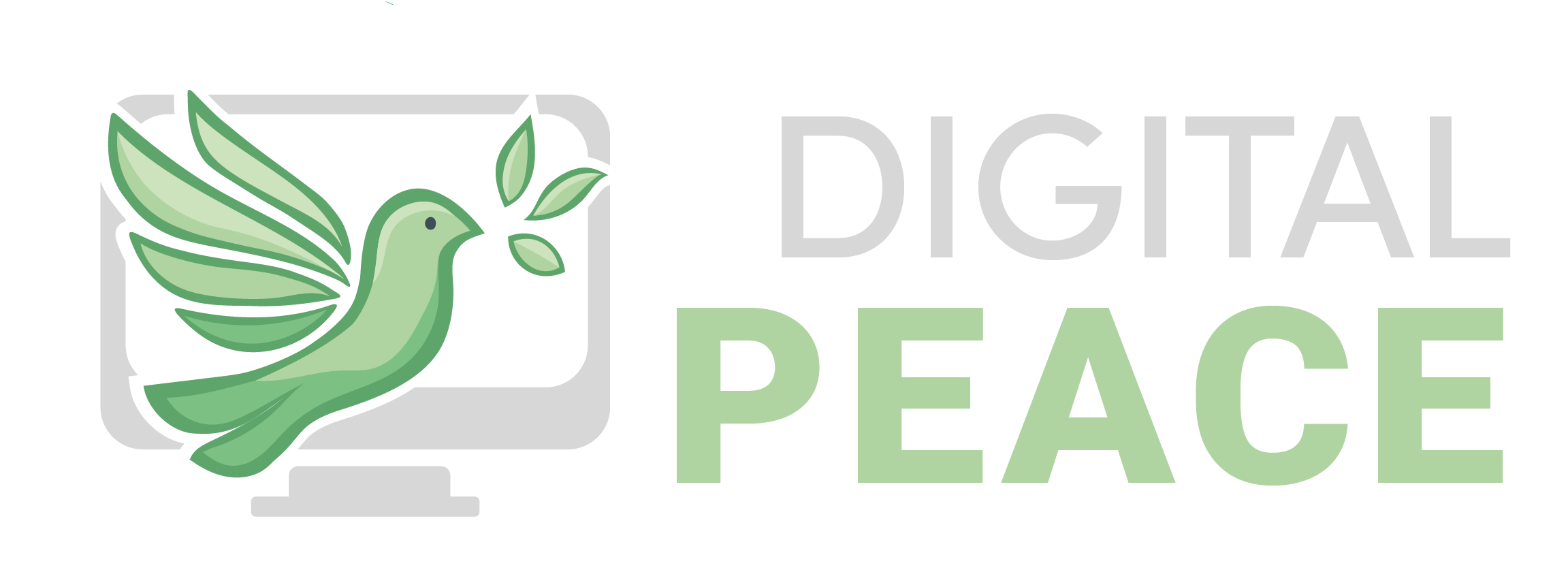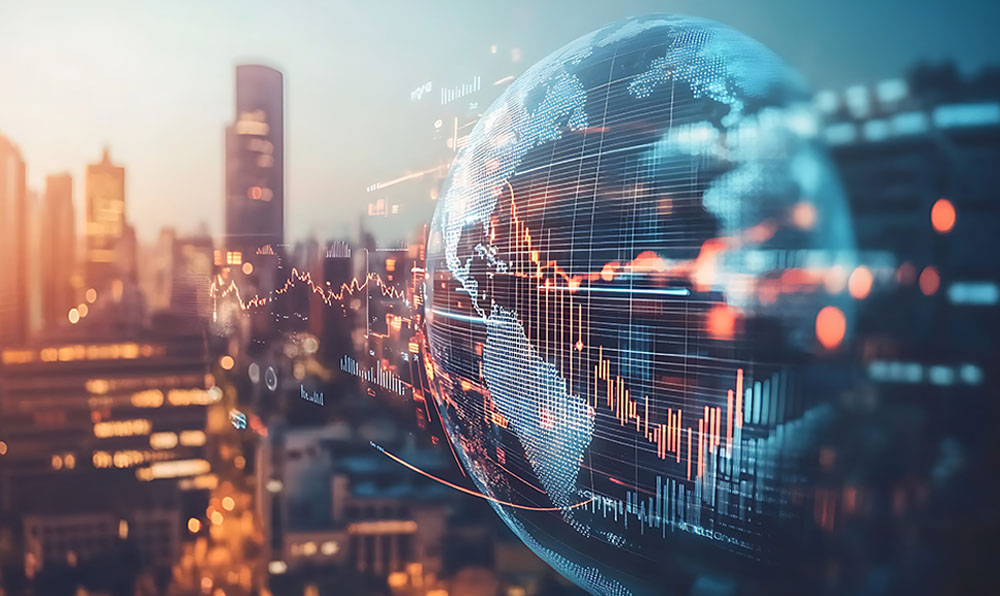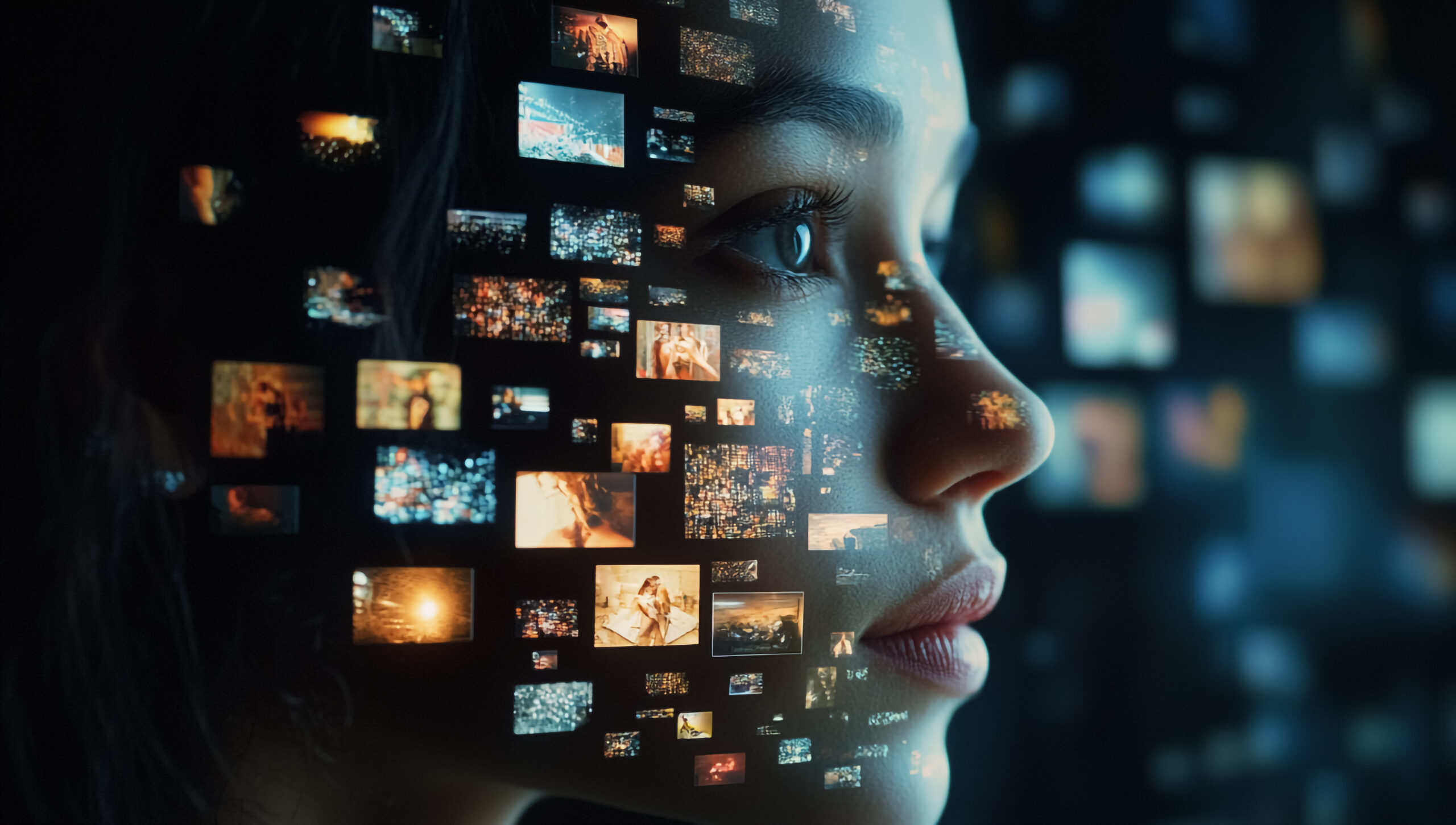My first encounter with the severe implications of digital violence came from the heartbreaking story of a 13-year-old client. She had fallen in love with a boy in a senior class at her school. Just a few days into the relationship, he asked her for an intimate photo. After some hesitation, she shared it, only to have it spread across her school and friend groups within days. The resulting shame and heartbreak shattered her self-esteem and trust, leaving emotional wounds that may take years to heal.
Similarly, a dear friend of mine, an online activist, passionate about her work and eager to engage in political discourse, faced the brutal reality of digital violence. After sharing a well-researched but controversial opinion on Instagram, she was bombarded with vicious comments attacking her body, gender and intellect rather than engaging with her ideas. The relentless barrage of personal attacks plunged her into a severe depression. Though she eventually returned to activism, the experience left her with a persistent unease about the online engagement she once fearlessly inhabited.
These experiences are not isolated incidents but reflect a wider, alarming trend. According to a 2024 World Health Organization study, digital violence—including cyberbullying and online harassment—has surged dramatically, affecting at least one in six adolescents.1
Individual Impact: How Digital Interaction Shapes Personal Wellbeing
As the prevalence of digital violence continues to rise, its effects are most acutely felt at the individual level, where it profoundly impacts both mental and physical well-being. A dedicated teacher and friend reported to me during the pandemic that about half of his class had already been diagnosed with mental health issues, with many more showing signs of distress. The psychological pressure on young people, he observes, seems to be at an all-time high. While researchers are still working to establish direct links between social media use and the rise in mental health issues among youth, many studies point in this direction.2 Surveys reveal a significant percentage of young people feel burdened by social media, grappling with issues like posting anxiety, body dysmorphia, and cyberbullying. Despite being “digital natives”, many young people struggle with the pressures of online life.3 Meanwhile, the digital divide often leaves parents and professionals ill-equipped to understand or effectively address these challenges, making it difficult to support youth in navigating the increasingly complex digital landscape.
Physical impacts ranging from posture problems to repetitive strain injuries are equally alarming. In South Korea, for instance, a staggering 95 percent of those under 20 are already myopic, likely due to excessive screen time. Digital eye strain, characterized by symptoms like dry eyes, headaches, and blurred vision, is becoming increasingly common. Prolonged digital device use has further been linked to sleep disturbances, contributing to fatigue and decreased cognitive function. Moreover, the sedentary lifestyle often associated with excessive screen time can lead to obesity and related health issues such as diabetes and cardiovascular problems. The addictive nature of digital media also raises concerns about its impact on brain development, particularly in children and adolescents.4 These physical health impacts, while not directly caused by digital violence, are part of the broader challenges of navigating a digital-heavy world.
Societal Impact: Increasing Hate, Polarization and Radicalization
On a broader scale, digital violence starts to redefine societal norms, deepens polarization, and undermines trust in institutions, ultimately posing a threat to the cohesion and stability of our communities. Cyberbullying, harassment, stalking, and the non-consensual sharing of intimate images have become widespread, affecting people of all kinds of backgrounds and ages. Despite progress in defining and criminalizing these acts, their social impact remains immense. Digital violence is reshaping communication, with increasingly aggressive and confrontational discourse spilling over into real-world interactions. Events such as the January 6 uprising in the United States and the ongoing riots in the United Kingdom, driven by online misinformation and extremist content, highlight a worrying rise in political radicalization.5
The consequences of this digital violence epidemic are far-reaching:
- Erosion of Trust: We’re witnessing a growing distrust in democratic institutions, fueled by online conspiracy theories and disinformation campaigns.6
- Marginalization of Vulnerable Groups: Women, LGBTQI+ individuals, ethnic minorities, and other marginalized communities face increased targeting and exclusion both online and offline.7
- Polarization: Society is becoming increasingly divided, with online echo chambers reinforcing extreme viewpoints and making constructive dialogue more difficult.
- Impact on Democratic Processes: The spread of misinformation and hate speech online can significantly influence election outcomes and undermine the integrity of democratic processes. This cycle of digital and physical violence is not just a series of isolated incidents, but a systemic issue that threatens social cohesion, democratic values, and public safety.8
- Normalization of Harmful Behavior: Perhaps most concerning is how continuous exposure to digital violence is normalizing abusive behavior. This creates a vicious cycle where online and offline violence reinforce each other, increasing the likelihood of individuals engaging in or tolerating violent acts.9
As digital violence becomes more entrenched, it risks fundamentally altering social norms and behaviors, potentially leading to long-term societal damage. Addressing these challenges requires a multifaceted approach involving education, policy changes, technological solutions, and a collective commitment to fostering a more respectful and inclusive digital culture.
Global Implications: Digital Violence in Geopolitics
Digital violence, manifested through online hate speech, cyber-attacks and disinformation campaigns, not only disrupts individual lives and social cohesion, but also plays a profound role in shaping international conflicts and significantly altering geopolitical dynamics. The early optimism about the internet’s potential to promote democracy and peace, as seen during the beginning of the Arab “Spring”, quickly gave way to a darker reality as the same digital tools were increasingly used for harmful purposes. Terrorist organizations such as ISIS started to use online platforms for recruitment and propaganda, while Russia’s actions in Ukraine introduced the world to “hybrid warfare”, combining conventional tactics with digital manipulation.10
One of the most horrifying examples of digital violence on a global scale is the persecution of the Rohingya in Myanmar. For decades, the Muslim minority group faced discrimination, but in 2017, the situation escalated dramatically. The Myanmar military, along with nationalist groups, weaponized social media platforms like Facebook to spread hate speech and misinformation against the Rohingya. Through false reports, manipulated images, and inflammatory rhetoric, they portrayed the Rohingya as violent extremists threatening national security.
This digital campaign had devastating real-world consequences. It helped justify a military-led genocide in the eyes of the public, resulting in mass killings, rapes, and the displacement of over 700,000 Rohingya to neighboring Bangladesh. The widespread dissemination of hate speech online not only facilitated the military’s brutal crackdown but also encouraged public participation in anti-Rohingya violence.11
Today, digital platforms have become powerful tools for shaping narratives, mobilizing groups, and even inciting violence in nearly every conflict context. Moreover, the digital sphere influences which conflicts gain attention and which remain in the shadows, potentially affecting international responses and aid distribution. While the war in Ukraine and the Israel-Gaza conflict continue to dominate headlines, crises in the Sahel region or Central Africa, Yemen, Myanmar, or Haiti receive far less media attention. Despite facing severe humanitarian challenges, ongoing violence, and political instability, they are often overshadowed by more prominent conflicts. This disparity in coverage results in a lack of global awareness and response, leaving millions of people in these regions to suffer without the necessary international support and intervention. This dynamic has led to the emergence of “digital power” as a crucial element in geopolitical strategies. A nation’s ability to control its online narrative, influence global discourse, and leverage digital platforms has become as vital as traditional forms of power in shaping international relations, conflict outcomes, and even the global geopolitical landscape.12
The Urgent Need for Digital Peace
The effects of digital violence are far-reaching and immediate, demanding urgent solutions. From protecting individual mental and physical health to reshaping the geopolitical landscape, this article has illustrated that digital peace isn’t just about preventing cyberattacks; it’s about fostering a culture of respect, critical thinking and responsible digital citizenship at every level – from personal interactions to international relations.
But it’s not just the job of policymakers and tech giants. It starts with each and every one of us. What are your experiences of digital violence? Have you or those around you faced online harassment, misinformation or digital manipulation? What strategies have you found effective in navigating the digital world safely and respectfully? Perhaps you’ve found innovative ways to promote digital wellbeing in your community or workplace. Or maybe you’ve witnessed the positive power of digital platforms to drive social change. We want to hear your stories, your ideas and your vision for a more peaceful digital future.
References
- World Health Organisation. (2024, March 27). One in six school-aged children experiences cyberbullying, finds new WHO/Europe study. WHO.int. https://www.who.int/europe/news/item/27-03-2024-one-in-six-school-aged-children-experiences-cyberbullying–finds-new-who-europe-study.↩
- Khalaf, A. M., Alubied, A. A., Khalaf, A. M., & Rifaey, A. A. (2023). The Impact of Social Media on the Mental Health of Adolescents and Young Adults: a Systematic Review. Cureus, 15(8). https://doi.org/10.7759/cureus.42990.↩
- Anderson, M., Vogels, E. A., Perrin, A., & Rainie, L. (2022, November 16). Connection, Creativity and Drama: Teen Life on Social Media in 2022. Pew Research Center. https://www.pewresearch.org/internet/2022/11/16/connection-creativity-and-drama-teen-life-on-social-media-in-2022/.↩
- Spitzer, M. (2018). Die Smartphone-Epidemie: Gefahren für Gesundheit, Bildung und Gesellschaft. Klett-Cotta.↩
- Akram, M., & Nasar, A. (2023). A Bibliometric Analysis of Radicalization through Social Media. Ege Akademik Bakis (Ege Academic Review). https://doi.org/10.21121/eab.1166627↩
- Liu, X., & Lu, J. (2020). Comparative Media Studies in the Digital Age. Does the Internet Erode Trust in Media? A Comparative Study of 46 Countries. International Journal of Communication, 14 (0), 16. https://ijoc.org/index.php/ijoc/article/view/14552/3277.↩
- Amnesty International. (2024, August 6). What is Online Violence? Amnesty International. https://www.amnesty.org/en/what-we-do/technology/online-violence/.↩
- Hsu, T., Thompson, S. A., & Myers, S. L. (2024, January 9). Elections and Disinformation Are Colliding Like Never Before in 2024. The New York Times. https://www.nytimes.com/2024/01/09/business/media/election-disinformation-2024.html.↩
- Wang, Y. (2024). The Impact of Violent Social Media Content on Human Behaviour. Lecture Notes in Education Psychology and Public Media, 42(1), 152–158. https://doi.org/10.54254/2753-7048/42/20240789.↩
- NATO Strategic Communications Centre of Excellence. (2016). Social Media as a Tool of Hybrid Warfare. Stratcomcoe.org. https://stratcomcoe.org/pdfjs/?file=/publications/download/public_report_social_media_hybrid_warfare_22-07-2016-1.pdf.↩
- Zaleznik, D. (2021, November 11). Facebook and Genocide: How Facebook Contributed to Genocide in Myanmar and Why It Will Not Be Held Accountable. Harvard Law School | Systemic Justice Project. https://systemicjustice.org/article/facebook-and-genocide-how-facebook-contributed-to-genocide-in-myanmar-and-why-it-will-not-be-held-accountable/.↩
- Nye, J. S. (2011). The Future of Power. Public Affairs.↩








[…] our last posts, where we discussed the manifestations of online threats in our daily lives, and the impacts of digital violence, we’ll delve into the root causes of online conflict and propose a more comprehensive […]